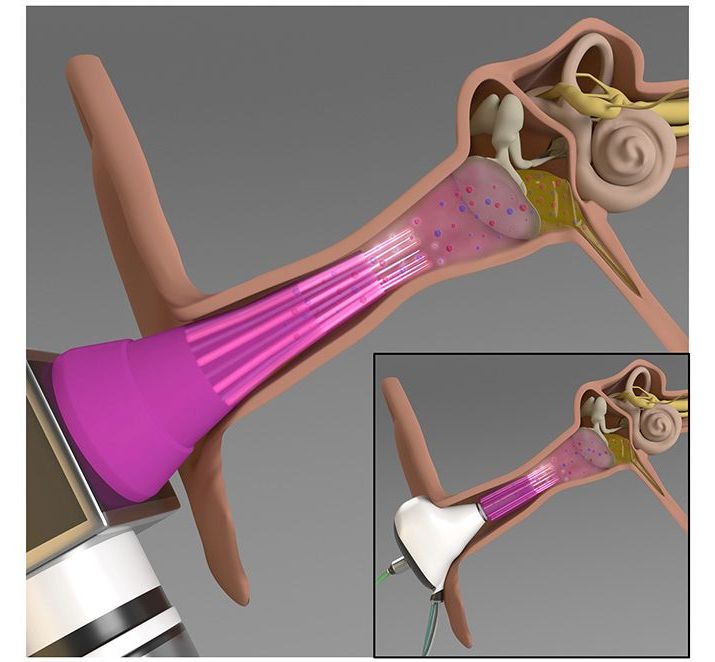Bacterial infections of the middle ear are quite common, particularly in children, yet they can be difficult to treat. An experimental new device has been designed to help, by zapping the bacteria with plasma.
Usually, such infections are treated with topically applied antibiotics. According to the University of Illinois at Urbana-Champaign, however, such an approach is ineffective in over 30 percent of acute infections. This is because the antibiotics have trouble penetrating the bacterial biofilm that has formed on the surface of the inner ear tissue.
Additionally, the greater the amount of antibiotics that are used, the greater the chances that the bacteria will develop a tolerance to them over time. With these limitations in mind, U Illinois scientists set out to develop an alternative treatment, or at least one that would allow smaller amounts of antibiotics to be more effective.






